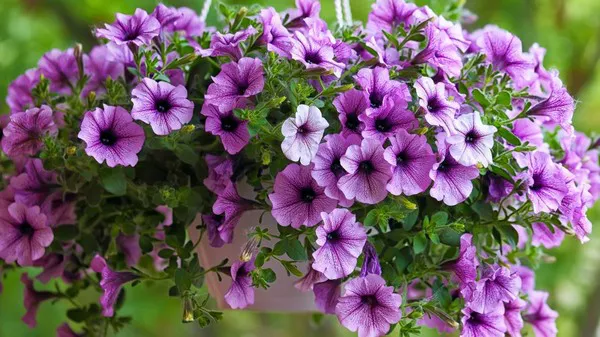On the auspicious occasion of Maha Ashtami, devotees from far and wide gathered at Durga Puja pandals, resplendent in traditional attire, to partake in the cherished Pushpanjali ritual. This sacred custom, observed during the early hours of the day, involves the heartfelt act of showering the Durga idol with fragrant flower petals and bael leaves on empty stomachs. In the evening, the same mandap transforms into a spectacle, adorned with 108 lamps, lotus flowers, and various offerings, during the Sandhi Puja ceremony.
The morning Pushpanjali on Ashtami is a pivotal rite at every pandal, signifying the eighth day of Goddess Durga’s visit. With the priest’s Sanskrit prayers resonating over a loudspeaker, devoted attendees joined hands, reciting the same sacred verses, and collectively offered their flowers to the idol or the mandap.
Sujoy Chatterjee, the pandal secretary of Naveen Sharodiya Utsav Durga Puja, noted, “We commenced the rituals at approximately 11 AM, organizing the Pushpanjali in four or five batches, each composed of around 300 devotees. Since we cannot expect visitors to bring their own flowers and bael leaves, we procure these items from a seller and distribute them during the Pushpanjali.”
Over at the Trans-Gomti Durga Puja pandal, priests Shanti Nath and Shambhu Nath Mukherjee witnessed a turnout of more than 500 devotees for the 10 AM Pushpanjali ceremony. These venerable priests, hailing from West Bengal and with years of experience overseeing Durga Puja, expressed their admiration for the dedication displayed by the attendees.
The Bengali Club, known for its rich history, attracted a substantial number of devotees to its pandal. Arun Kumar Banerjee, the club’s president, revealed, “The turnout was so substantial that it’s impossible to count. We conducted multiple rounds of Pushpanjali today, and the crowds continue to arrive even after the Sandhi Puja has concluded.”
Meanwhile, at Sarbojonin Durga Puja Samiti, Vidyant College, the morning Pushpanjali was a bustling affair, lasting from 9 AM to nearly 12:30 PM. Despite being a relatively smaller pandal, they conducted the anjali in batches of 40-50 people, with at least 400-500 individuals participating in the morning rituals, as reported by Saroj Mahanto, the general secretary.
Responsible Disposal of Waste Petals and Leaves
While the Pushpanjali ritual is a beloved tradition, it also generates a considerable amount of organic and biodegradable waste. Pandal authorities, mindful of the sanctity of these discarded flowers, ensure they are disposed of responsibly. Sujoy Chatterjee of the Naveen Sharodiya Utsav Durga Puja committee explained, “After the ceremony, we collect the discarded petals and leaves and either bury them or immerse them in the river, along with the idol during the immersion process.”
The Bengali Club Puja follows a similar eco-friendly practice, immersing their idols within the club premises in a specially dug hole and including the waste flowers in the immersion process. Saroj Mahanto shared that his pandal disposes of the discarded flower petals in the Gomti River on the day of idol immersion, following the guidelines set by the administration.
The commitment to the sanctity of these rituals extends to ensuring an environmentally responsible cleanup of the eco-friendly mandap. Tuhin Banerjee, a senior member of the Trans Gomti Dussehra and Durga Puja Committee, emphasized that their committee members personally oversee all aspects of the Puja, from pandal construction to serving food to visitors, including the eco-friendly mandap cleanup following the Pushpanjali.


